
Projects
Hessian scientists of various disciplines are using High Performance Computers for their research.

Hessian scientists of various disciplines are using High Performance Computers for their research.
Displaying 1 - 30 of 116
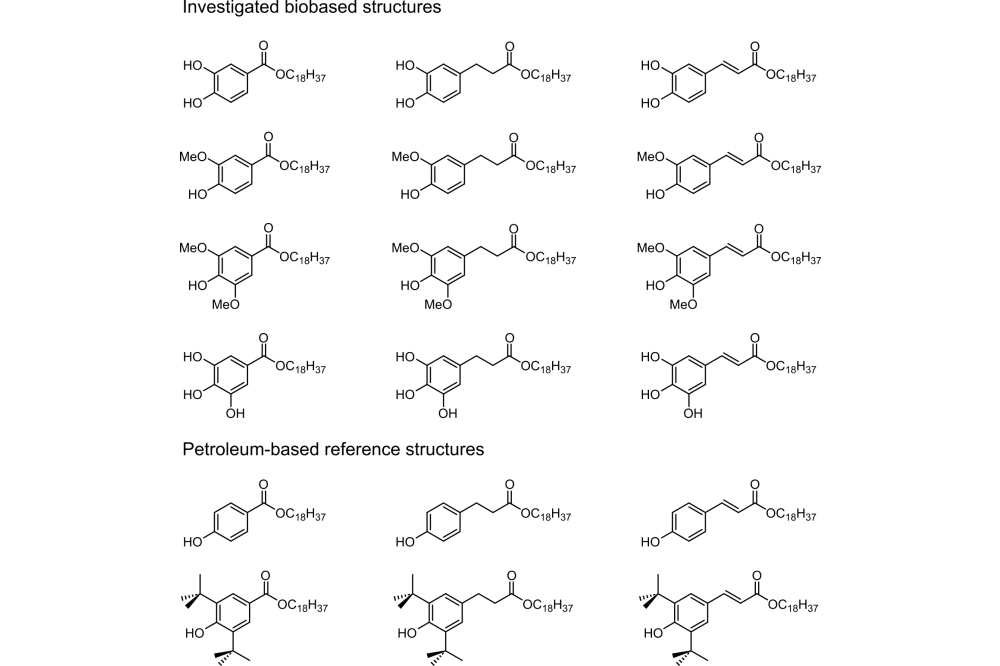
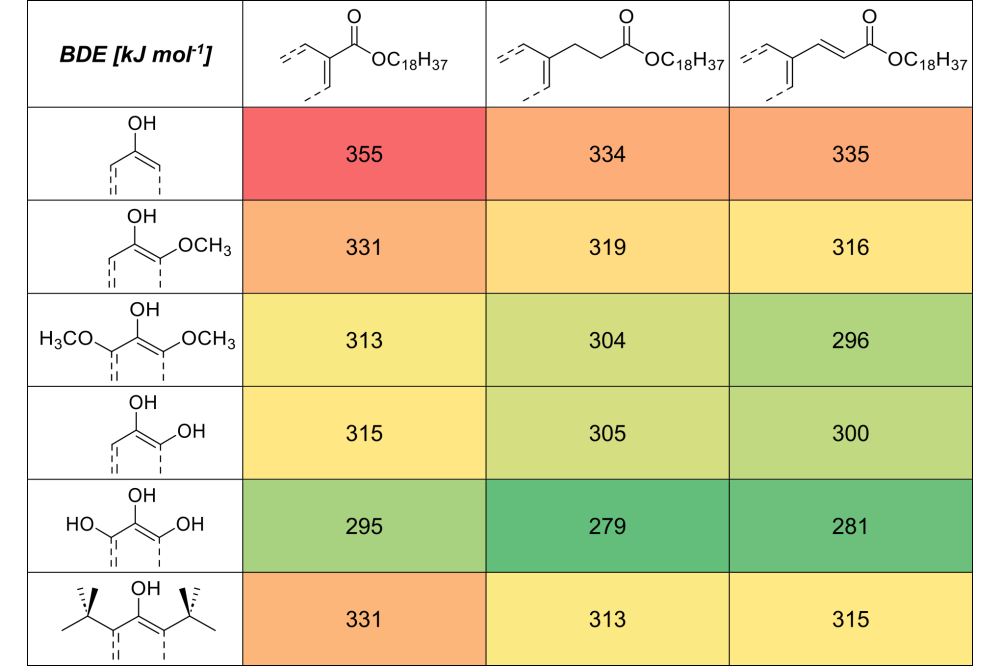
Additives are crucial for the functioning and application of plastics. They enable applications in which special ...
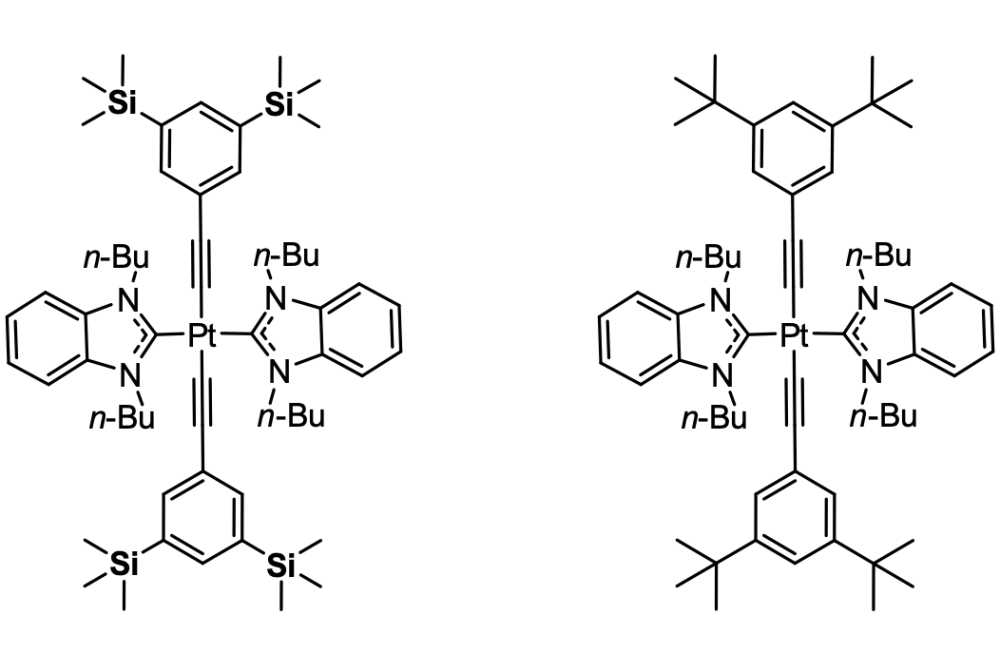
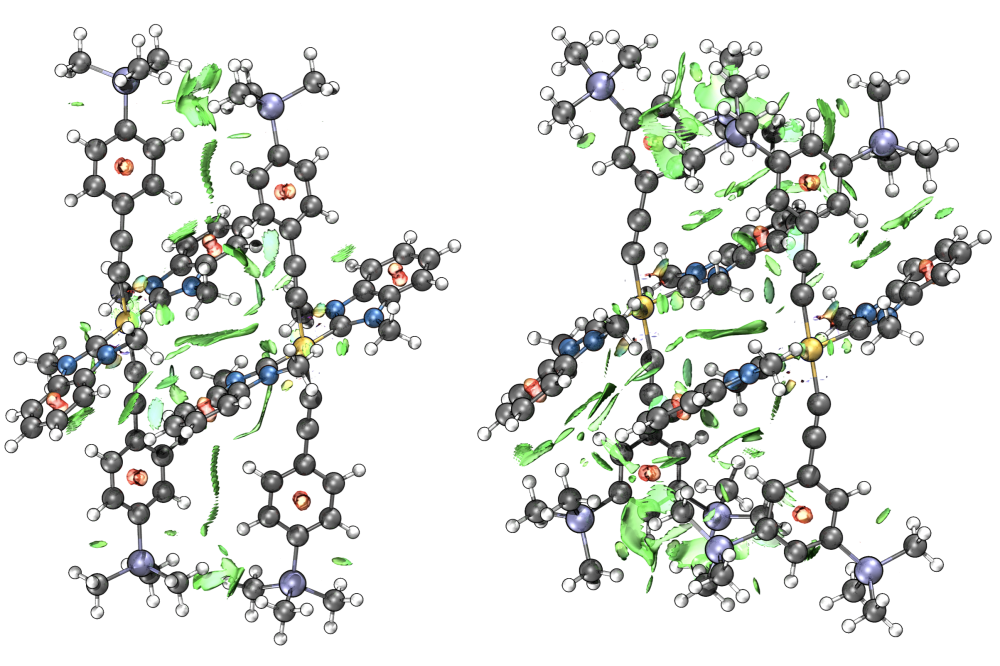
Non-covalent interactions (NCIs) not only govern the structure biomacromolecules such as proteins and DNA, but often ...
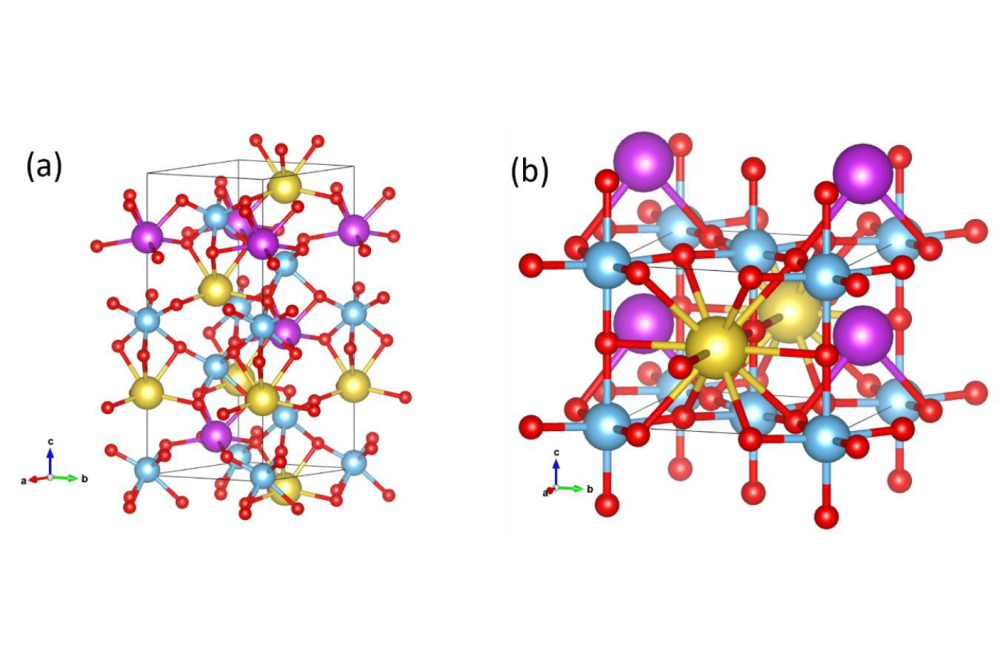
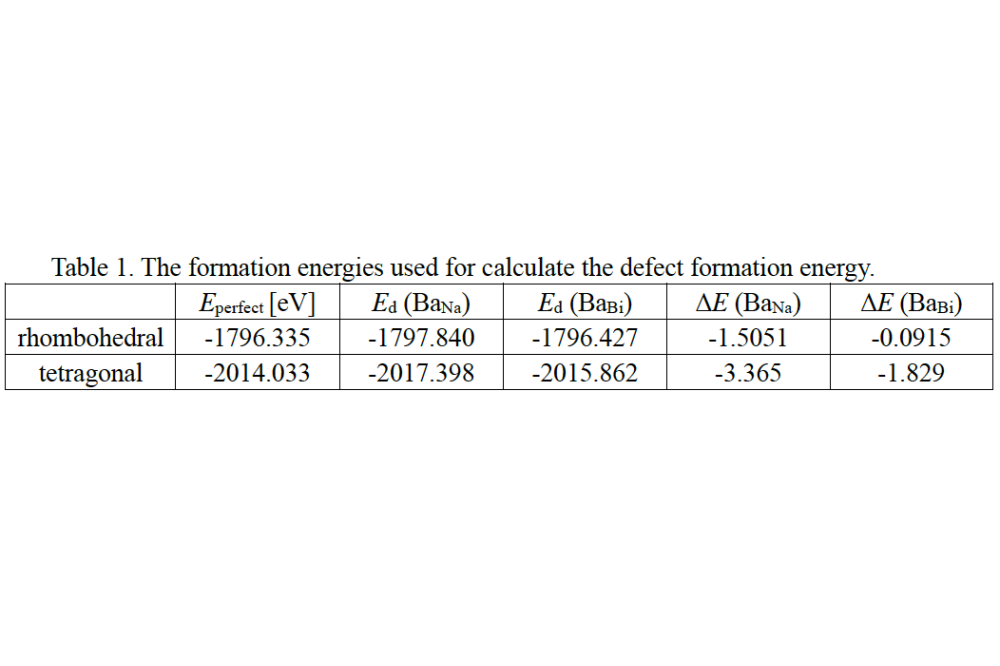
Sodium bismuth titanate-barium titanate (Na0.5Bi0.5TiO3-BaTiO3, abbreviated as NBT- BT) with high Curie temperature and ...

Linking experimental and theoretical observations on a physical system is one of the key objectives of modern science ...

Hydrogen has emerged as a crucial element in the pursuit of decarbonization and the transition to a sustainable energy ...
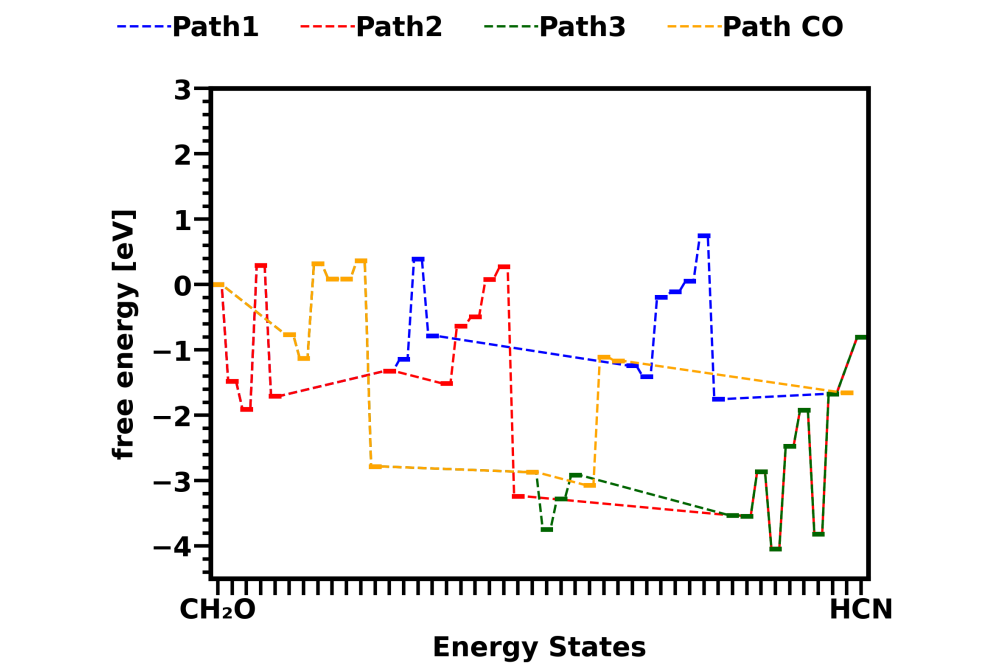
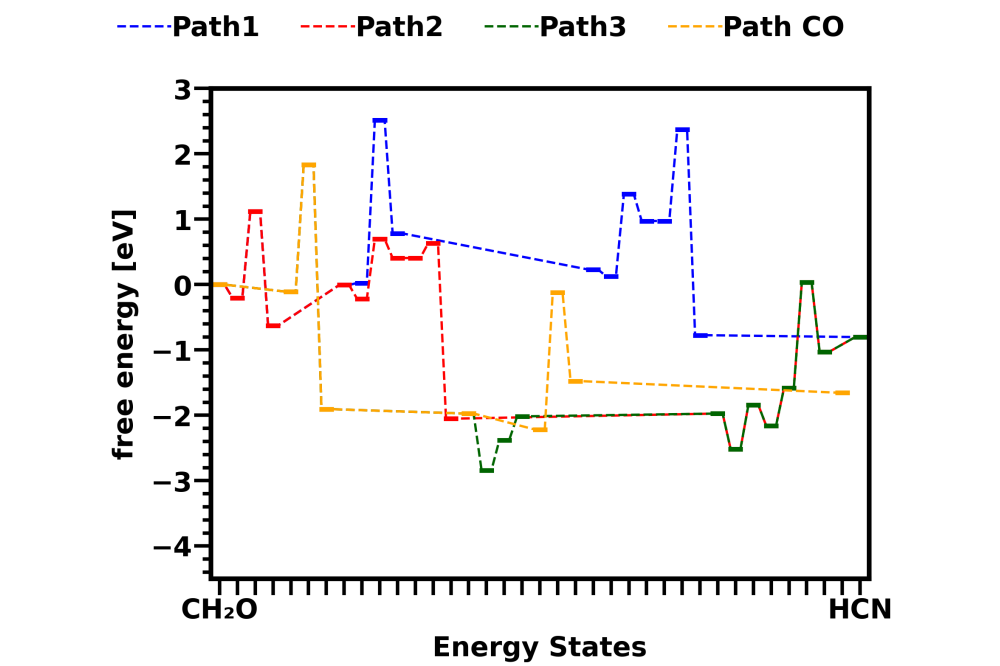
Biomass-derived fuels are promising candidates to replace traditional fossil-based fuels for mobility and propulsion but ...
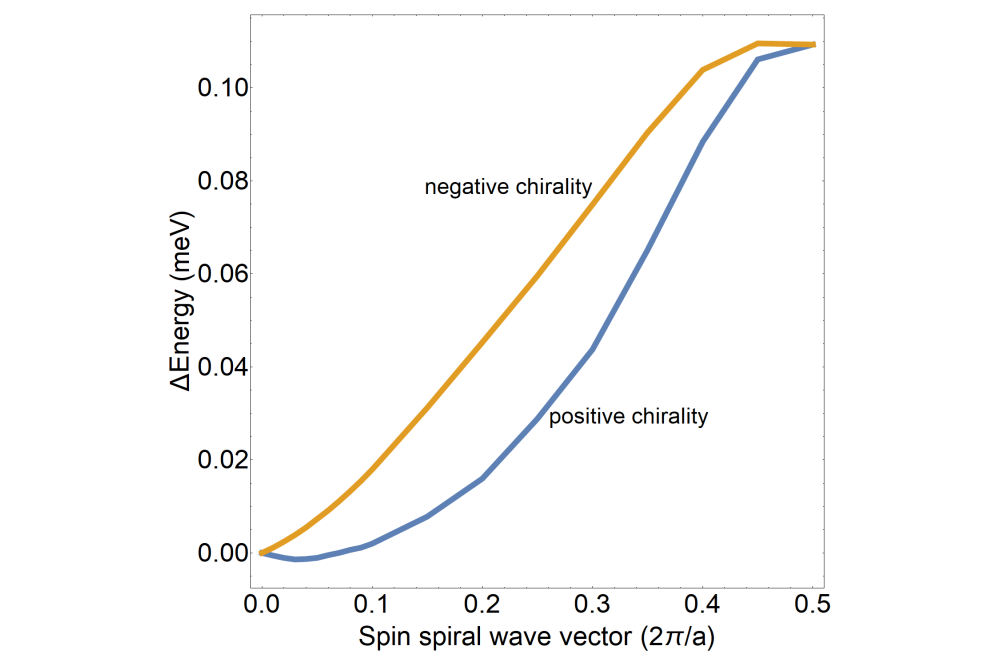

Symmetry, dimensionality, and local environment are essential elements affecting the magnetism of transition-metal ...

Azides are omnipresent in organic and inorganic chemical synthesis. They are readily introduced into molecules and allow ...

The polymerization of low-density polyethylene takes place at high temperatures and pressures up to 3000 bar. Under ...
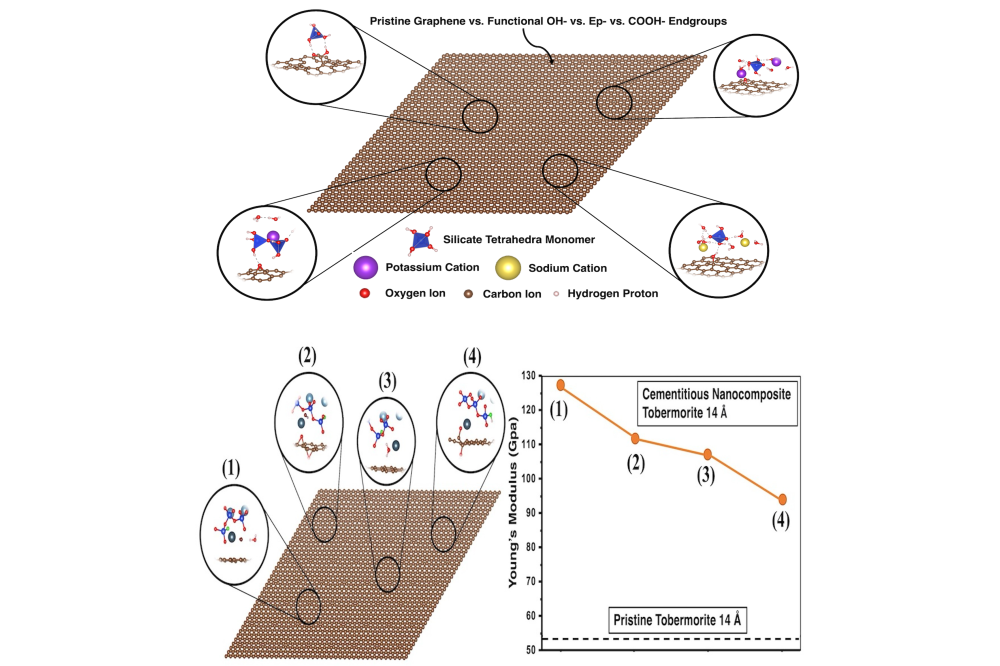
The project seeks to create a comprehensive model linking nanoscale phenomena to larger-scale behaviors to better ...
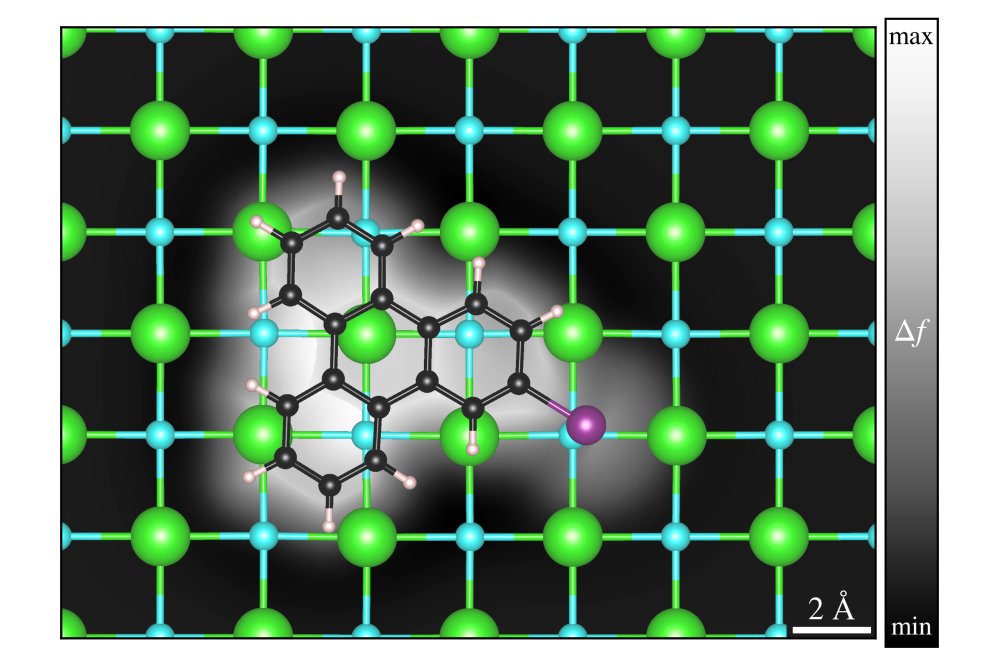
In the past centuries chemists have established a solid knowledge for the synthesis of molecules in solution. With the ...
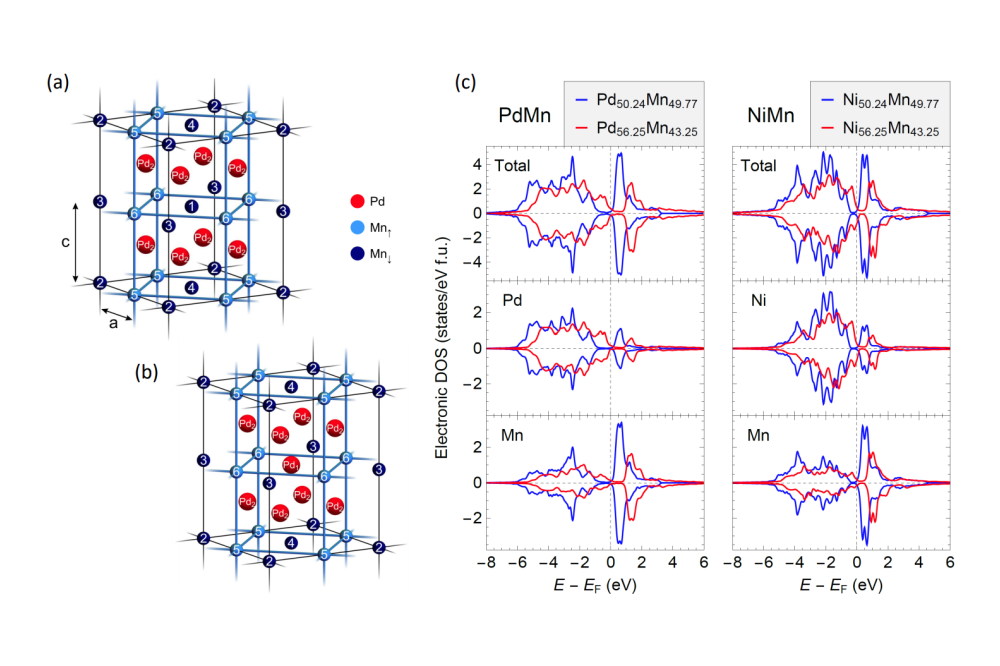
Functional materials for magnetic cooling devices at room temperature are in focus for the materials scientists during ...
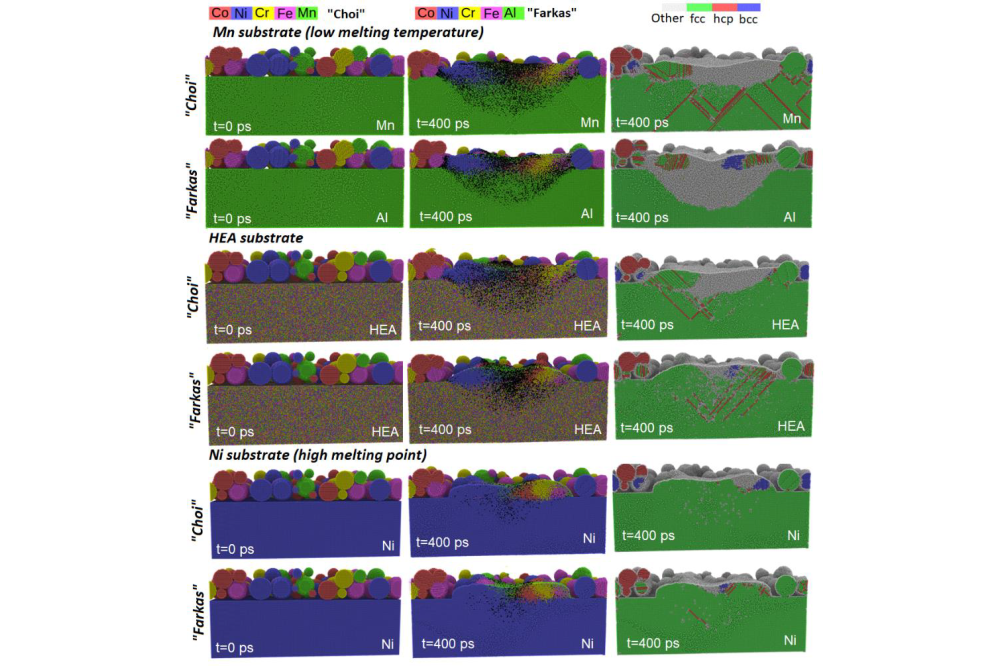
Laser powder bed fusion (LPBF) is an additive manufacturing technology involving a gradual build-on of layers to form a ...

While hydrogen is promising for energy storage or mobility applications, the platinum catalysts often needed to convert ...
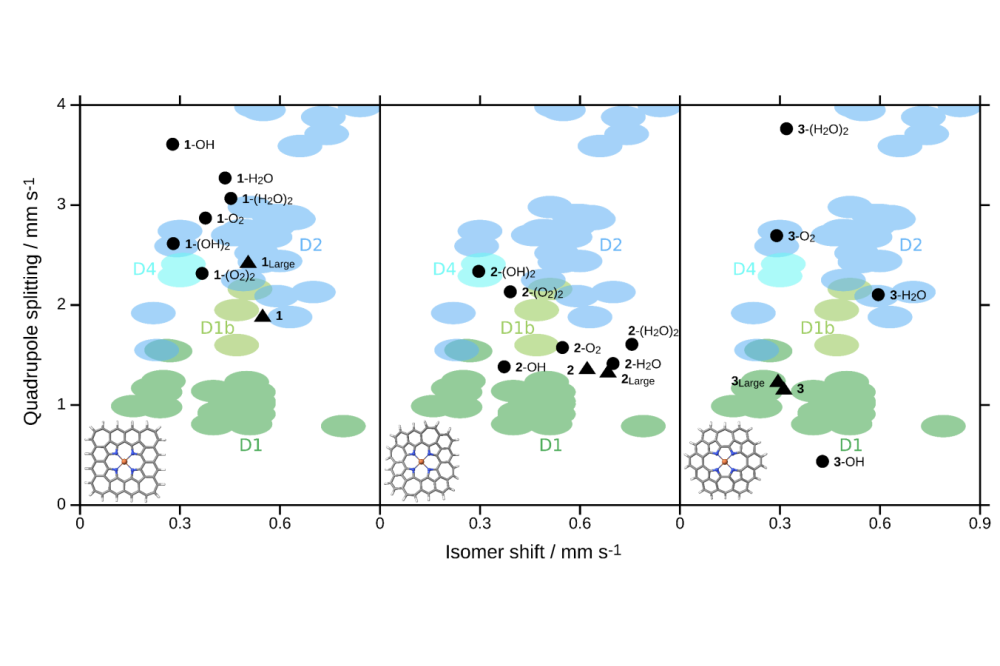
With street traffic being a major contributor to carbon dioxide emission and global warming, alternatives to the ...
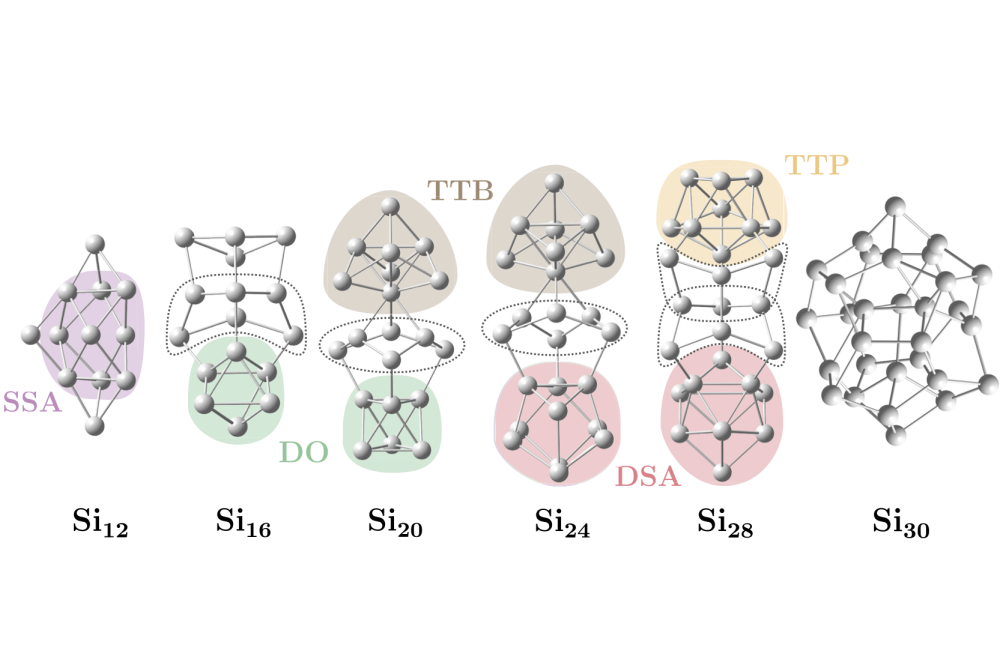
The previous investigation of SnN clusters with N = 6−40 showed that below a clusters size of about 30 atoms, a prolate ...
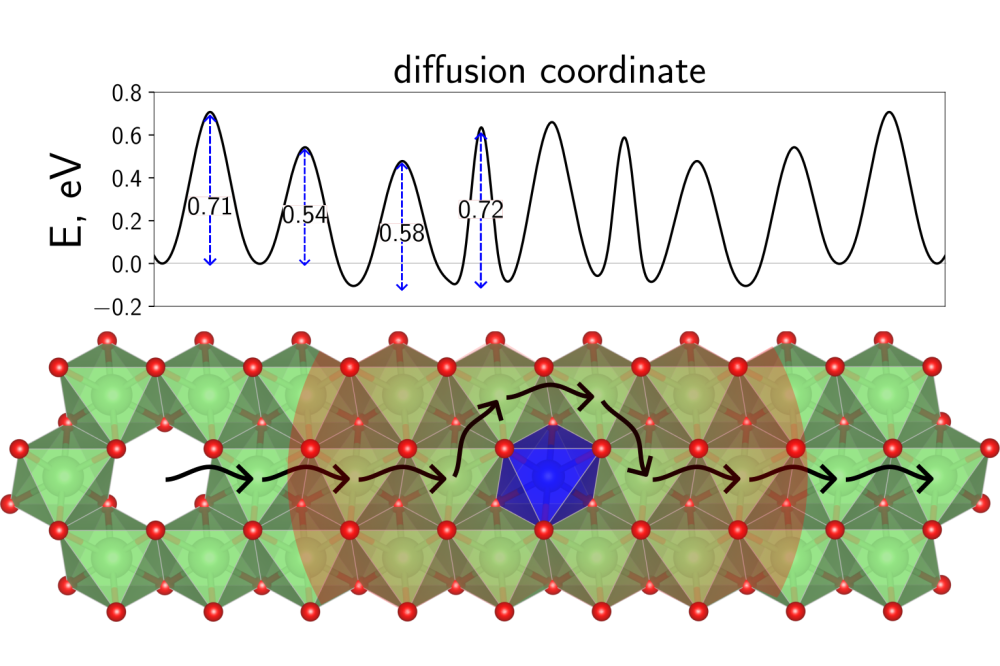
Layered transition metal oxides, derived from the model system LiCoO2, are used as cathode materials in Li-ion batteries ...
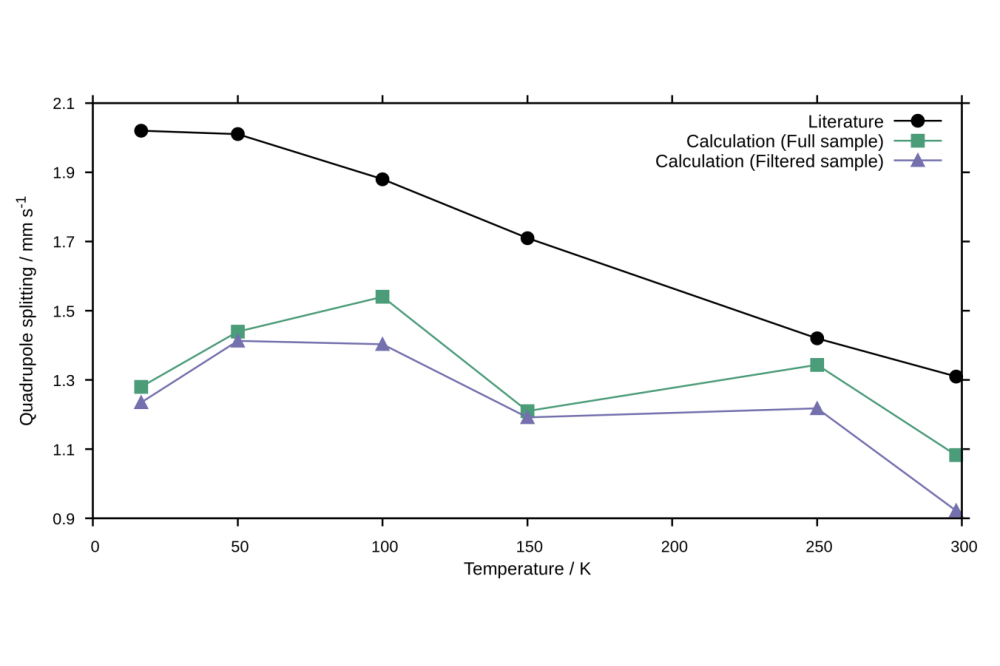
Mössbauer spectroscopy is a powerful tool for investigating iron in molecular and especially amorphous systems. Combined ...
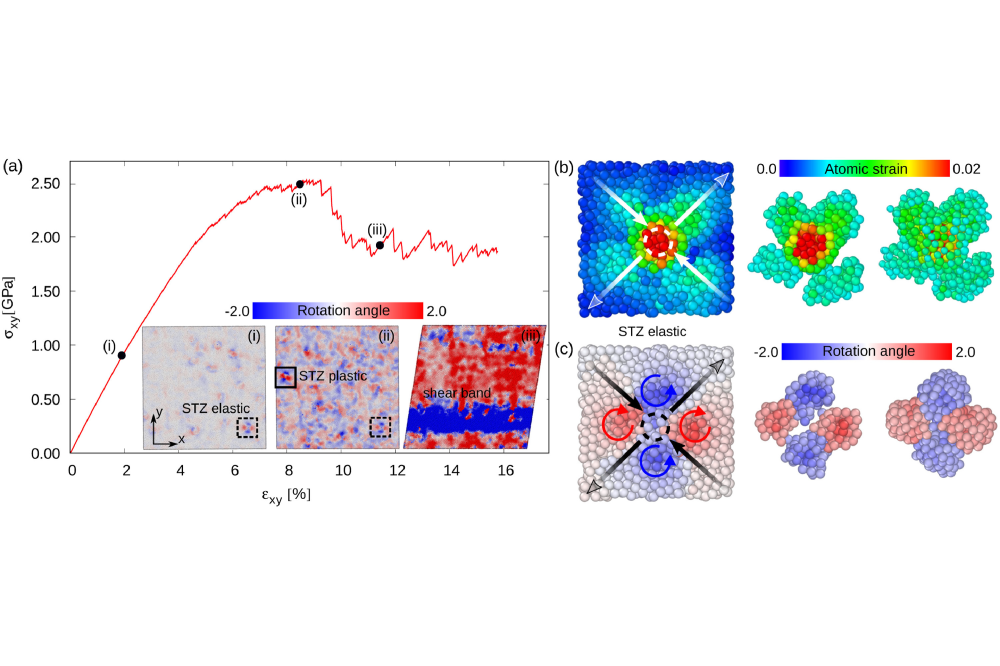
The application of metallic glasses (MGs) is limited by their brittle behavior at room temperature [1]. In order to ...

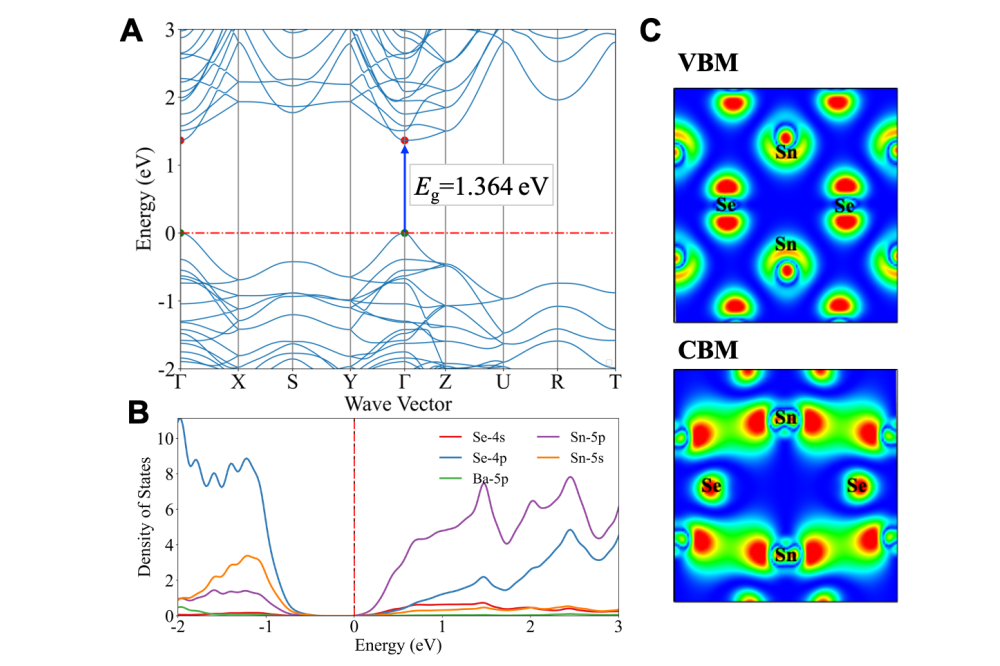
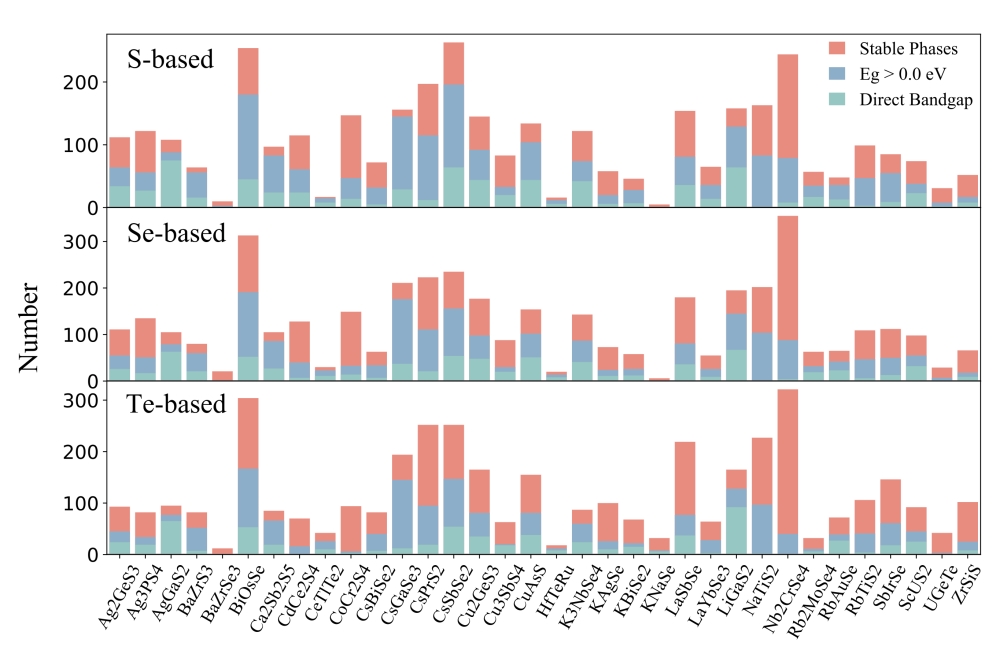
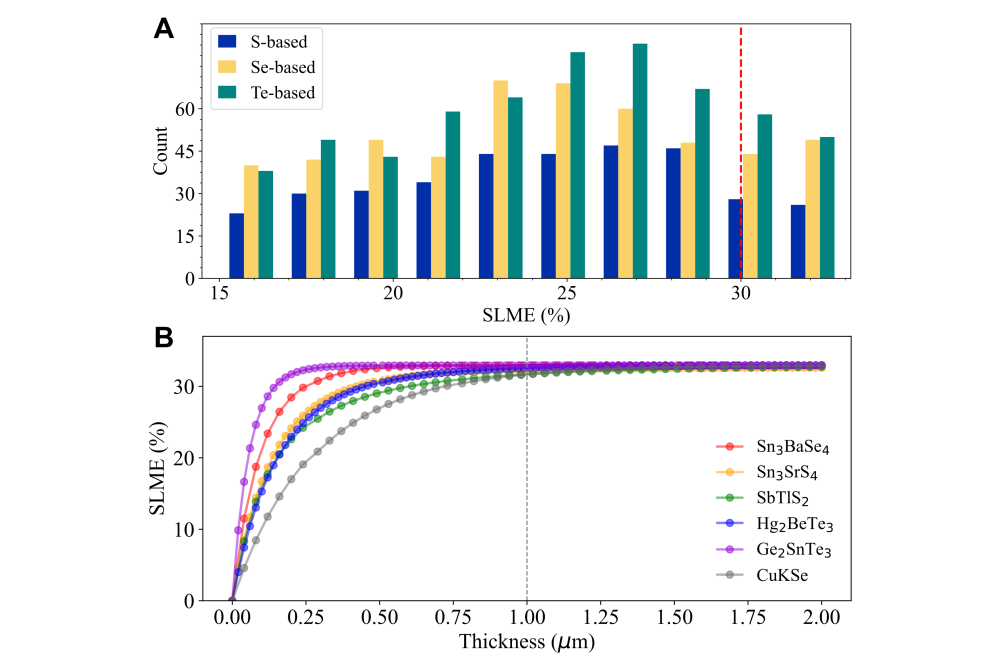
The potential of chalcogenides in applications like optoelectronics, thermoelectrics, transparent contacts, and thin ...
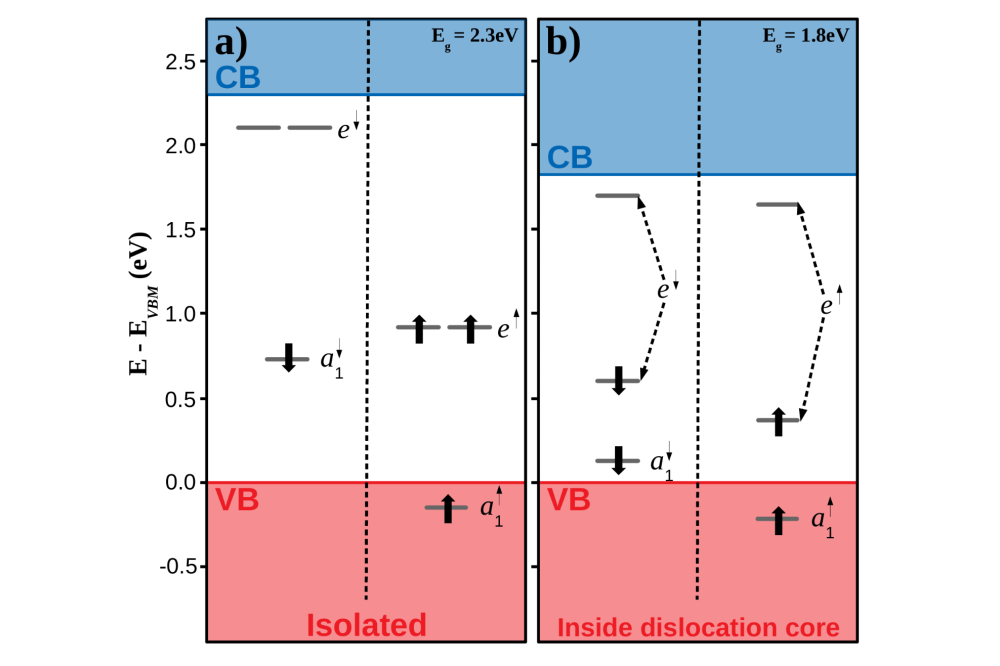
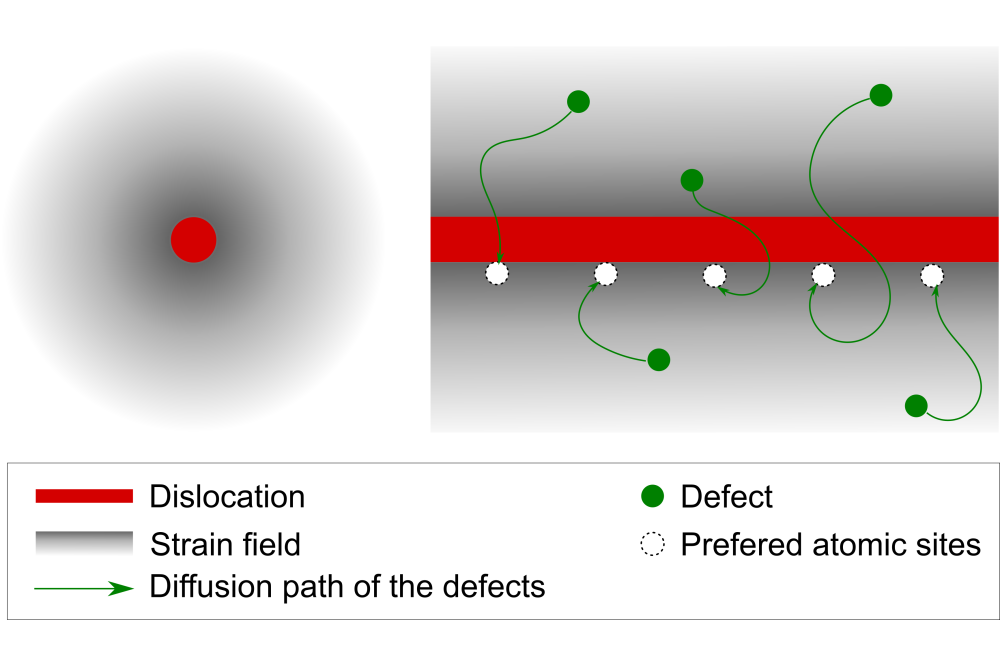
A quantum computer is a device that exploits quantum behavior to solve a computational problem that cannot be tackled ...
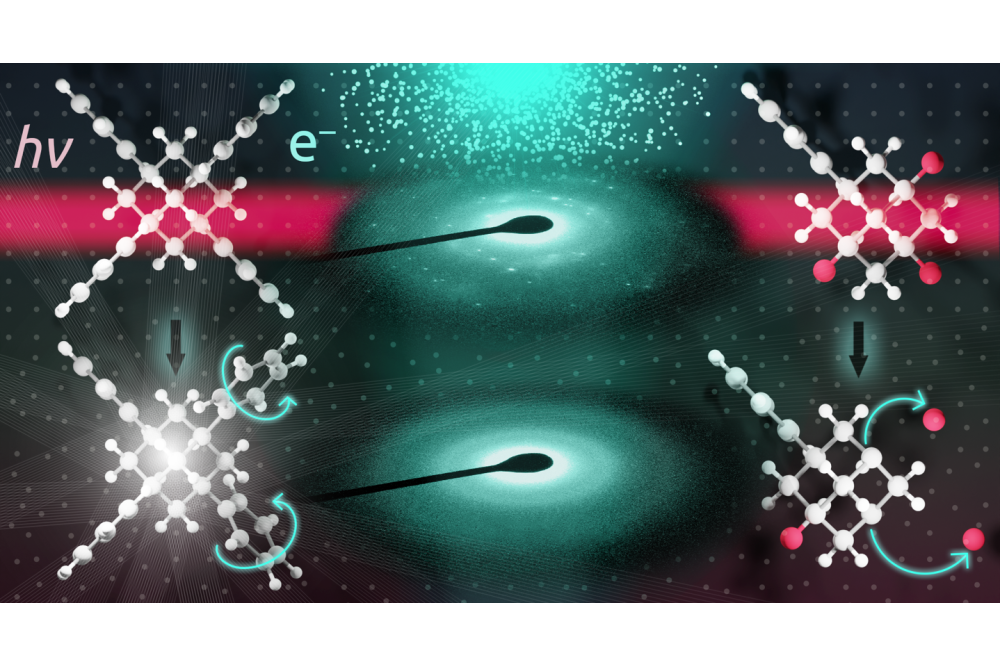
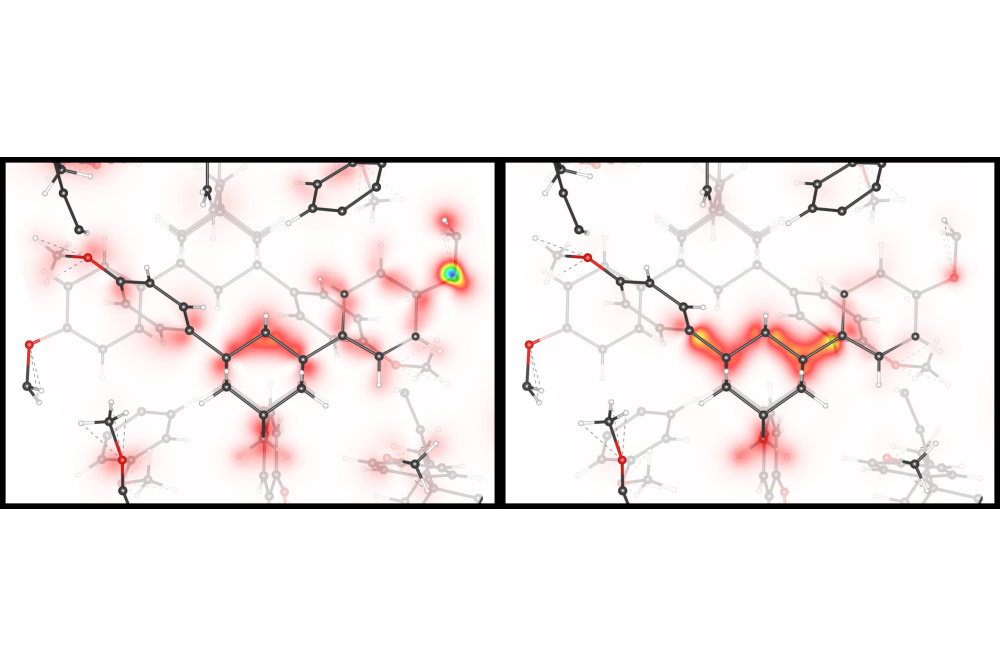
Linking experimental and theoretical observations on a physical system is one of the key objectives of modern science ...
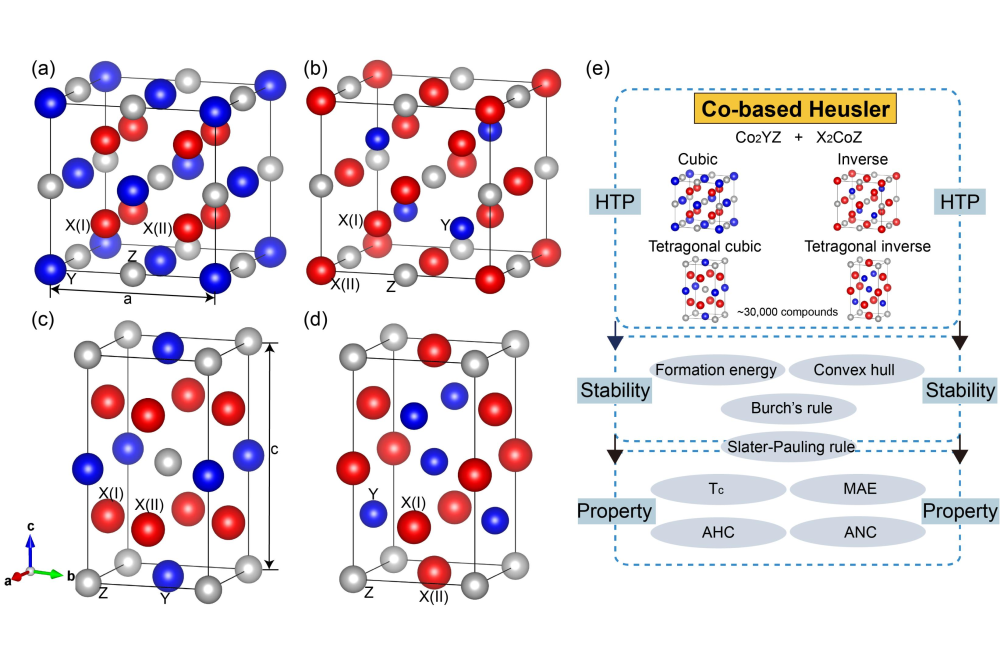
Heusler alloys are a remarkable class of intermetallic materials with a wide spectrum of intriguing physical properties ...
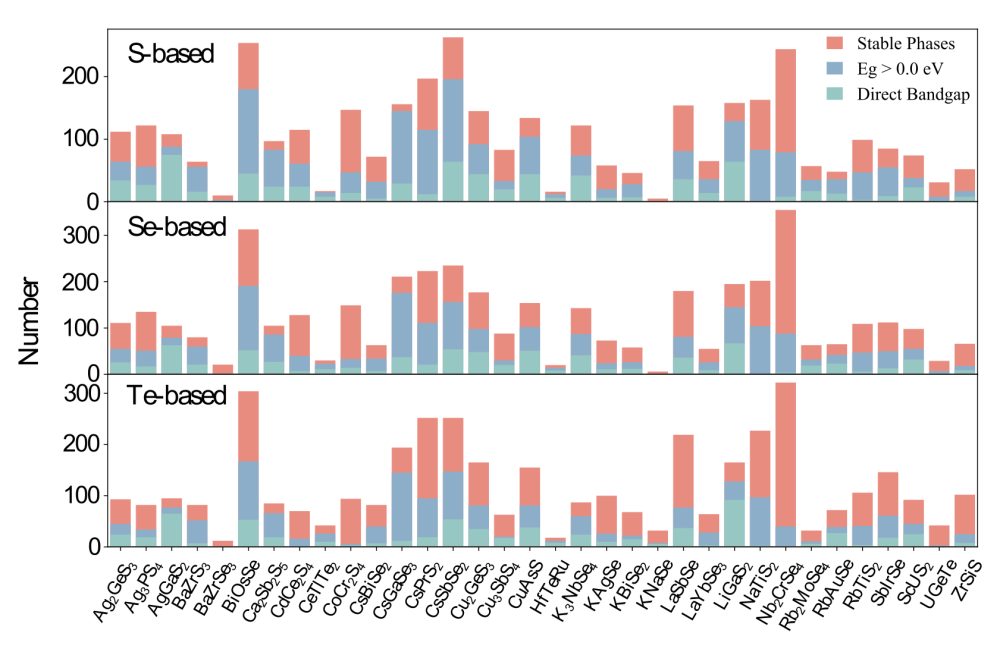
Optoelectronic materials have attracted significant attention owing to the global energy shortage and environmental ...

We survey the landscape of MAB and Mbene superconductors out of our previous high-throughput predictions using first ...
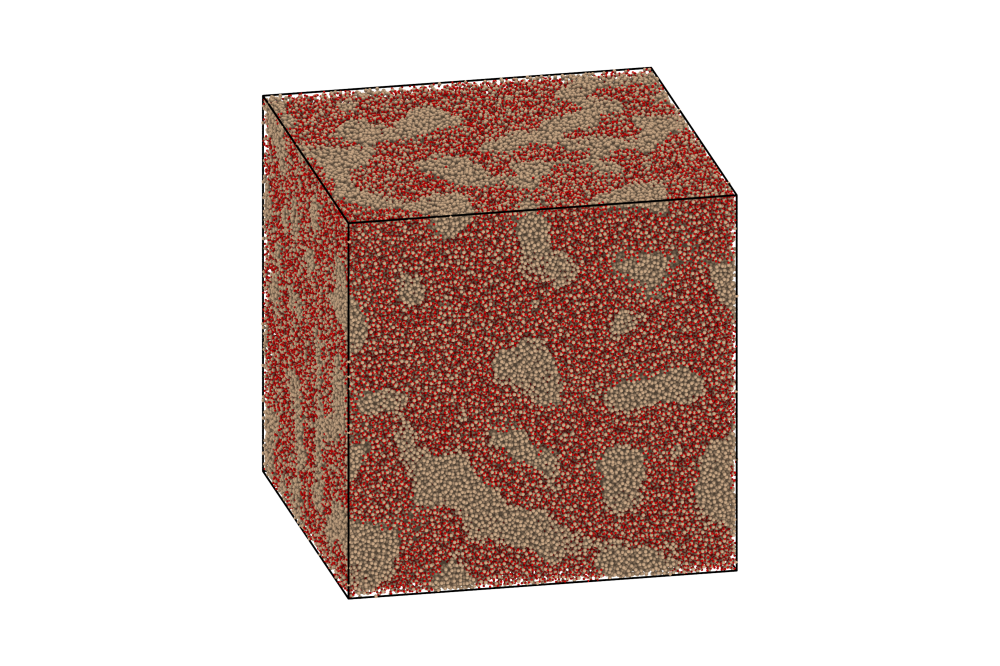
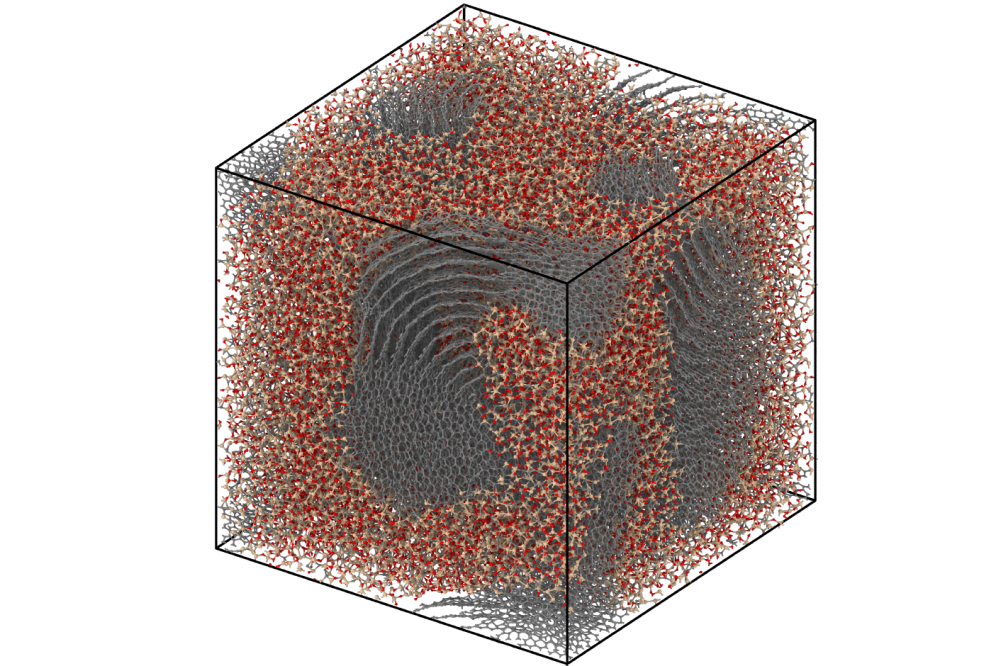
To understand and study complex materials at the atomic level, it is essential to be able to calculate forces and ...
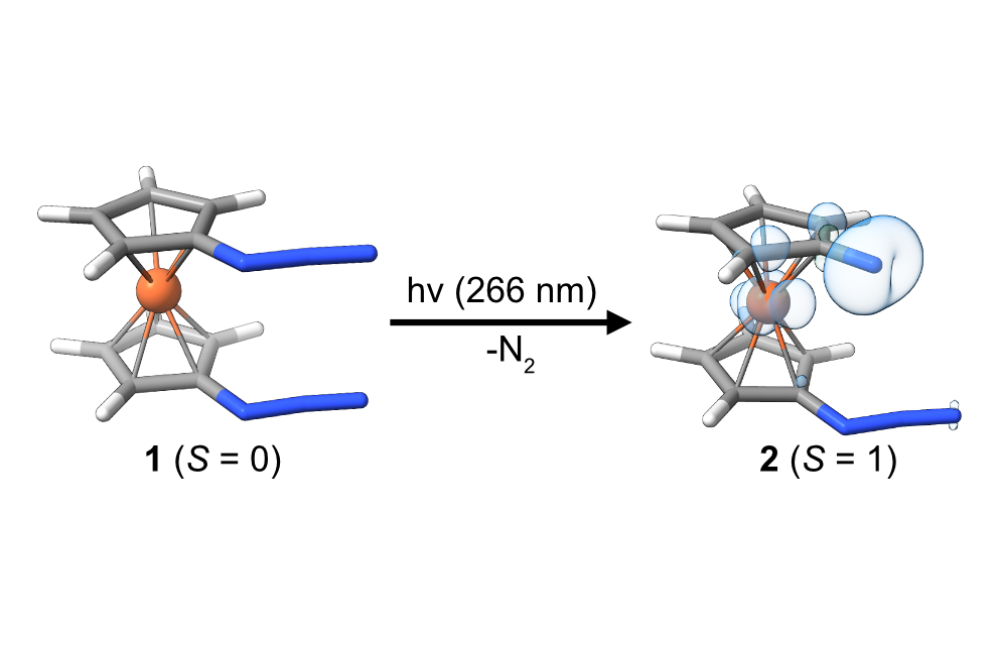
Metal nitrene compounds are highly reactive species with a unique electronic structure. Such compounds are promising ...
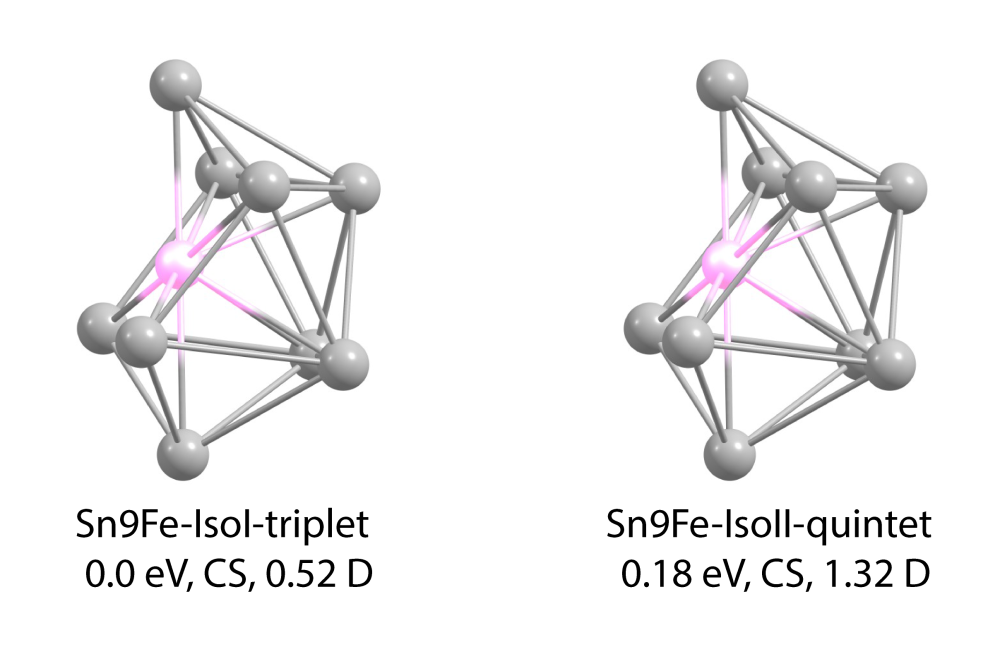
In the framework of the Collaborative Research Center (CRC 1487), iron is studied as a substitute for rare-earth metals ...

The Pd-catalyzed asymmetric allylic alkylation of cyclobutenes is known to proceed in a deracemizing, de-epimerizing and ...

The low-density polyethylene polymerization process takes place at high pressure and temperatures. Knowledge of the ...



